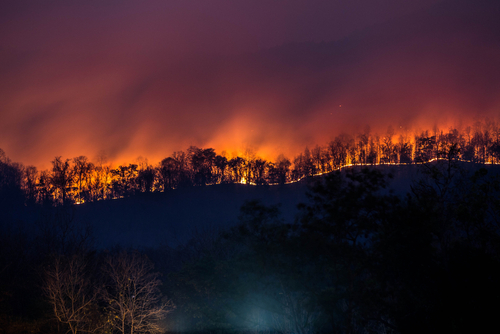Scientists demonstrate the increasing wildfire risk facing a drying Western United States

With increasing wildfire risk in the West, researchers at the United States Department of Energy’s (DOE) Pacific Northwest National Laboratory have pursued and released details of an investigation into the conditions behind those fires.
Using machine learning techniques, atmospheric scientists Ruby Leung and Xiaodong Chen toiled through decades of wildfire records and simulations of climate conditions. They concluded that with enough humidity in the air, wherein precipitation stays away. Still, lightning chances are boosted, dry grasslands or water-starved trees are at greater risk of igniting.
While this has been a long-standing scientific conclusion, computational advances in modeling made it possible to demonstrate the evolution of these fires. In general, wildfires are on the rise, with time and a warming climate making things dryer, not wetter, for the bulk of the year.
“Based on the historical trends we see over the past 35 years, it is very likely that trend will continue,” Leung said. “That is partly driven by rising temperature and partly driven by reduced soil moisture as snowmelt starts earlier in spring, reducing soil moisture in summer and fall.”
Nearly all types of wildfires — subdivided by machine learning — are happening more often. Only wet case fires, which occur when soil moisture levels are higher, are declining as the Western U.S. dries out. Compound case wildfires, which stem from multiple contributing factors, are now striking more frequently than any other. Worse, the wet season is narrowing overall.
Utilities have moved to address some of these risks, launching wildfire mitigation strategies throughout their service areas. For example, California utilities, such as Pacific Gas and Electric Co., regularly monitor strong winds, dry air, and dry fuel conditions to assess whether power shutoffs are needed for public safety.
Still, the situation is worsening and will likely continue to do so for years to come. As a result, Leung and Chen intend to use their project to project wildfire risk into 2070, show how that risk changes under different scenarios, and see what role seasonal snowpack and precipitation play in wildfire risk.
